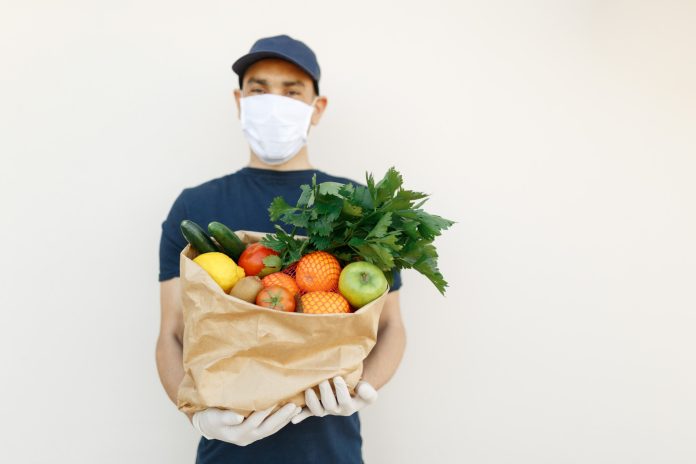Key Takeaways
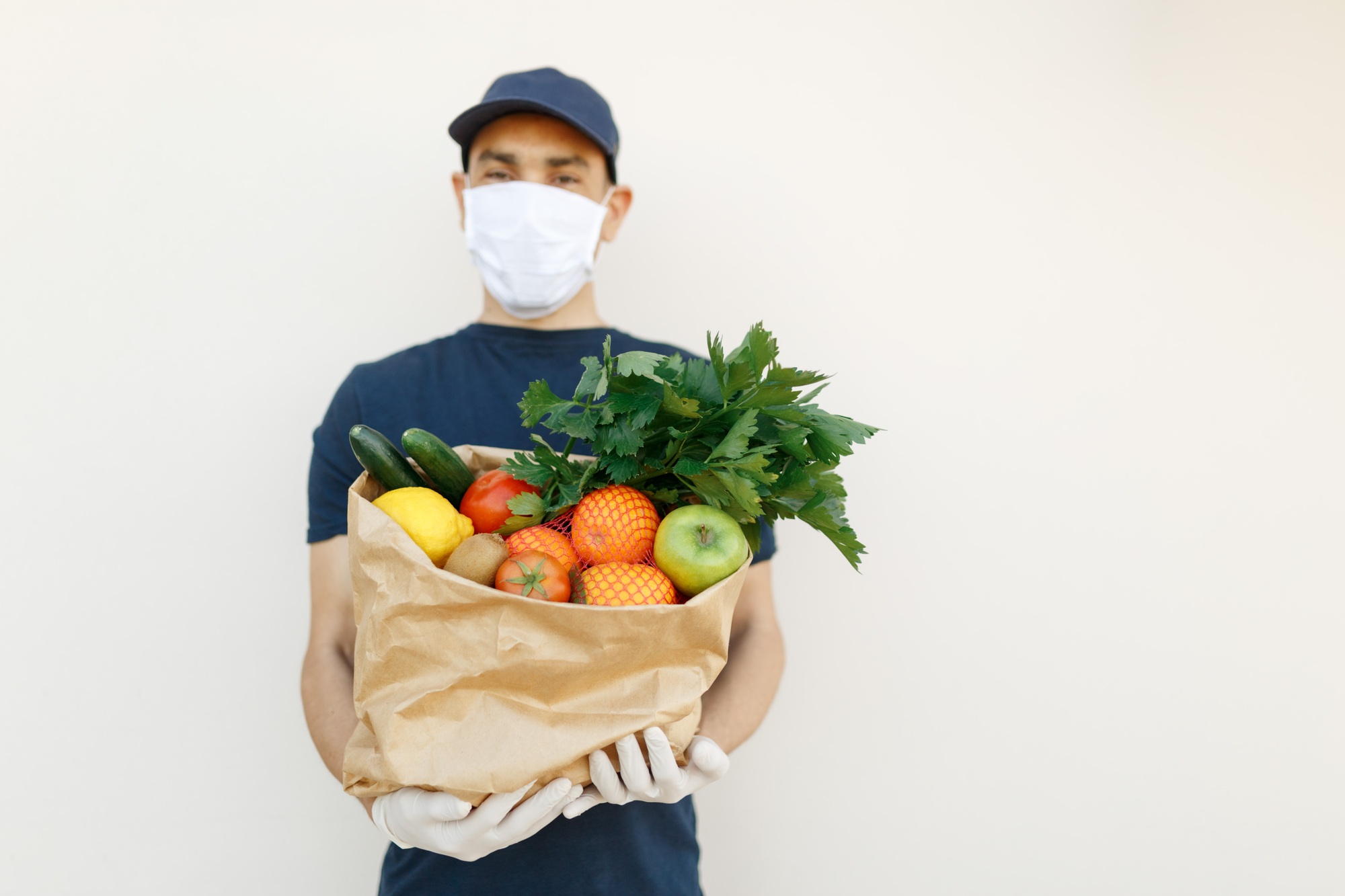
- Convenience of Food Delivery Apps: Food delivery apps like DoorDash, Uber Eats, and Grubhub have transformed dining habits by providing an easy way to access a variety of cuisine options from home.
- Key Features to Evaluate: When selecting a food delivery app, consider important features such as user interface, restaurant variety, delivery speed, payment options, customer support, and promotional offers.
- Impact on Small Businesses: Partnering with food delivery apps allows small businesses to reach a larger customer base, enhancing visibility and increasing sales potential without the overhead of a physical store.
- Understanding Costs: Each app has different pricing structures, including delivery fees and minimum orders. Choose an app that complements your budget while encouraging frequent customer orders.
- Importance of User Experience: A user-friendly app interface helps increase customer retention and satisfaction. Look for apps that offer efficient navigation, clear information, and strong search functionalities.
- Reliable Customer Support Matters: Exceptional customer support from the delivery app is crucial for resolving issues quickly, ensuring a smooth experience for customers and maintaining your business’s reputation.
In today’s fast-paced world, food delivery apps have revolutionized how you enjoy your meals. Whether you’re craving pizza after a long day or want to explore new cuisines without leaving your home, these apps put a world of flavors at your fingertips. With just a few taps, you can satisfy your hunger and discover local favorites.
But with so many options available, how do you choose the best food delivery app for your needs? From user-friendly interfaces to diverse restaurant selections and speedy delivery, the right app can make all the difference. Join us as we explore the top contenders in the food delivery app arena, helping you make informed choices for your next meal.
Overview of Food Delivery Apps
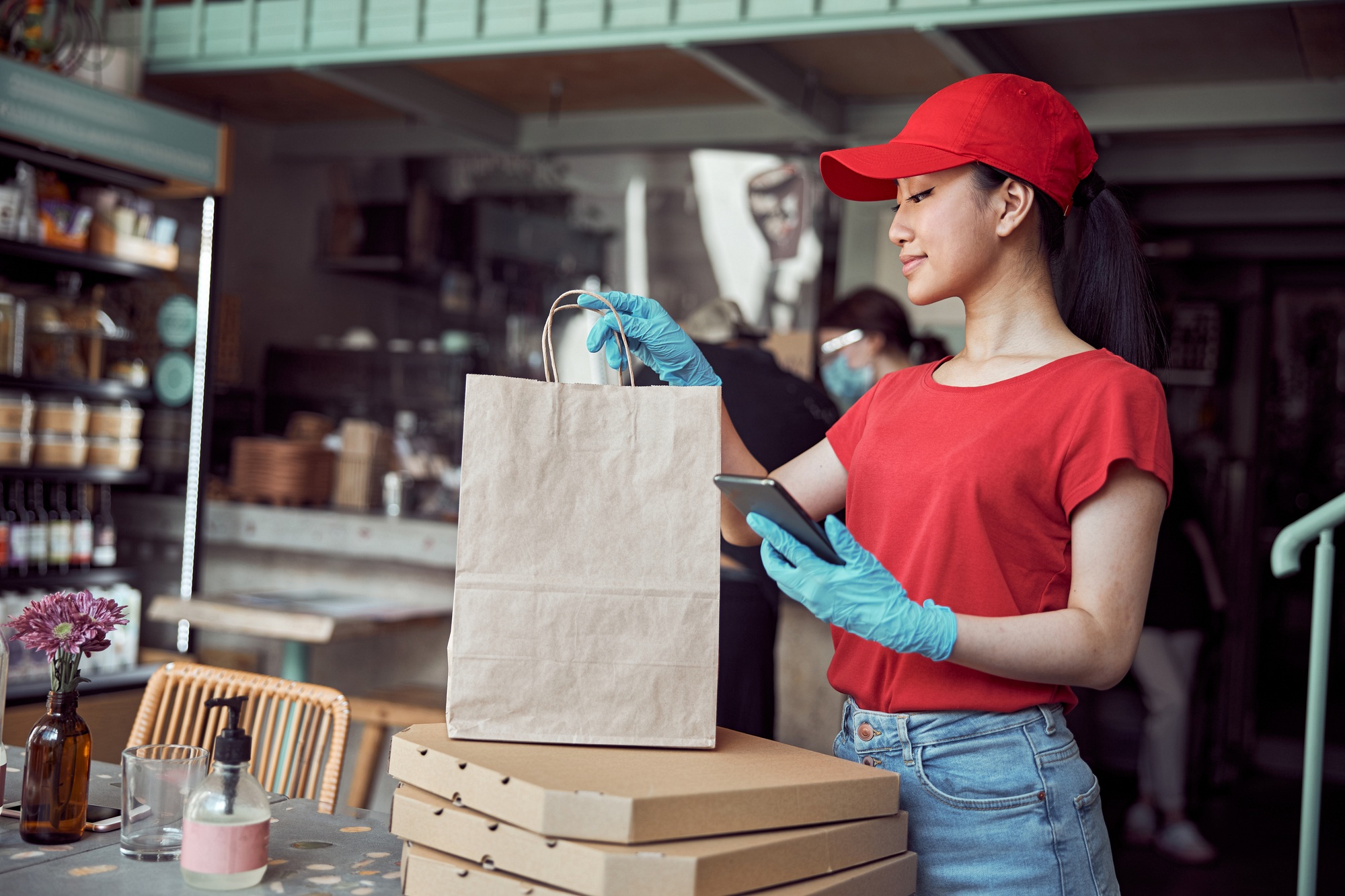
Food delivery apps significantly influence dining habits, offering small business owners new opportunities to reach customers. Selecting the right app can improve your restaurant’s visibility and sales.
The Rise of Online Food Delivery
Online food delivery has grown rapidly, partly due to increased convenience and changing consumer preferences. Over the past decade, the industry has expanded with numerous apps like DoorDash, Uber Eats, and Grubhub catering to diverse audiences. Small businesses benefit by partnering with these platforms, gaining access to a wider customer base without the overhead costs associated with physical locations.
Key Features to Look For
When choosing a food delivery app, consider the following features:
- User Interface: A simple interface enhances customer experience.
- Restaurant Variety: A wide selection of nearby restaurants attracts more users.
- Delivery Speed: Prompt delivery increases customer satisfaction.
- Payment Options: Flexible payment methods simplify the transaction process.
- Customer Support: Reliable support helps resolve issues quickly.
- Promotional Offers: Apps with discounts and promotions draw in more customers.
Focus on these features to find an app that aligns with your goals and resonates with your target audience.
Top Food Delivery Apps

Food delivery apps play a crucial role in expanding small businesses, providing new opportunities to reach customers. Here are detailed reviews of the top food delivery apps that can help enhance your business visibility and sales.
App 1: Uber Eats
Uber Eats operates in over 6,000 cities across six continents and partners with more than 700,000 restaurants. This extensive network helps small business owners gain exposure to a wider audience.
- User Interface: The app features a user-friendly design, enabling users to search for food types or restaurants easily. Menus are also searchable, streamlining the ordering process for users.
- Delivery Options: Uber Eats offers over 80 food categories, including specific options like halal and gluten-free dishes. The variety caters to diverse consumer preferences, attracting a broader customer base.
- Real-Time Tracking: The GPS tracking system allows customers to monitor their orders in real-time, increasing satisfaction and trust in your business.
App 2: DoorDash
DoorDash stands out in the food delivery market by focusing on convenience and user experience.
- User Interface: The app provides a simple interface with quick navigation and a personalized recommendation system based on past orders, making it easier for customers to discover your restaurant.
- Delivery Options: DoorDash partners with various small businesses, offering exclusive deals and unique menu items. Its DashPass subscription encourages customers to order more frequently from local eateries.
- Promotional Features: Through targeted promotions, you can reach new customers while boosting sales. Utilizing these promotional opportunities effectively can attract more patrons to your small business.
App 3: Grubhub
Grubhub offers a reliable platform for small business owners, connecting them to local customers.
- User Interface: Grubhub’s intuitive interface allows users to find restaurants easily and read customer reviews, enhancing their decision-making process.
- Restaurant Variety: The platform hosts a wide array of participating restaurants, enabling small businesses to stand out and attract customers searching for variety.
- Customer Support: Grubhub provides dedicated support to its restaurant partners, ensuring small business owners receive assistance when needed. This feature helps strengthen relationships and improve operational efficiency.
By leveraging these food delivery apps, small business owners position their establishments for success in a competitive market, enhancing visibility and increasing sales potential.
Comparing Pricing and Delivery Options

Understanding pricing and delivery options is crucial for you as a small business owner or future franchisee. Each food delivery app presents unique features that can impact your bottom line and customer satisfaction.
Subscription Services
Subscription services can significantly reduce delivery costs for frequent users. DoorDash offers a DashPass subscription, providing unlimited delivery for a monthly fee, which attracts regular customers. Grubhub Plus functions similarly, offering free delivery on orders over $12. These subscription models can help your business reach loyal customers who appreciate the savings on delivery fees.
Delivery Fees and Minimum Orders
Delivery fees and minimum orders vary across apps, impacting your costs significantly. Here’s a breakdown of key delivery fee structures:
| App | Delivery Fees | Service Fees | Minimum Order |
|---|---|---|---|
| Gopuff | $2.95 | 8-10% | No minimum |
| DoorDash | $1.99 – $5.99 | 10-15% | Typically $10 |
| Uber Eats | $2.49 – $6.99 | 15% | Often $15 |
| Grubhub | $1.99 – $7.99 | 10-15% | Around $10 |
| Postmates | $0.99 – $9.99 | 15-20% | Varies |
| Seamless | $1.99 – $6.99 | 10-15% | Typically $10 |
Lower delivery fees encourage more frequent orders from your customers. Apps like DoorDash and Grubhub may favor larger orders for the best pricing, appealing to your target audience. Understanding these dynamics helps you make informed decisions about which app aligns best with your business strategy and customer preferences.
User Experience and Customer Support
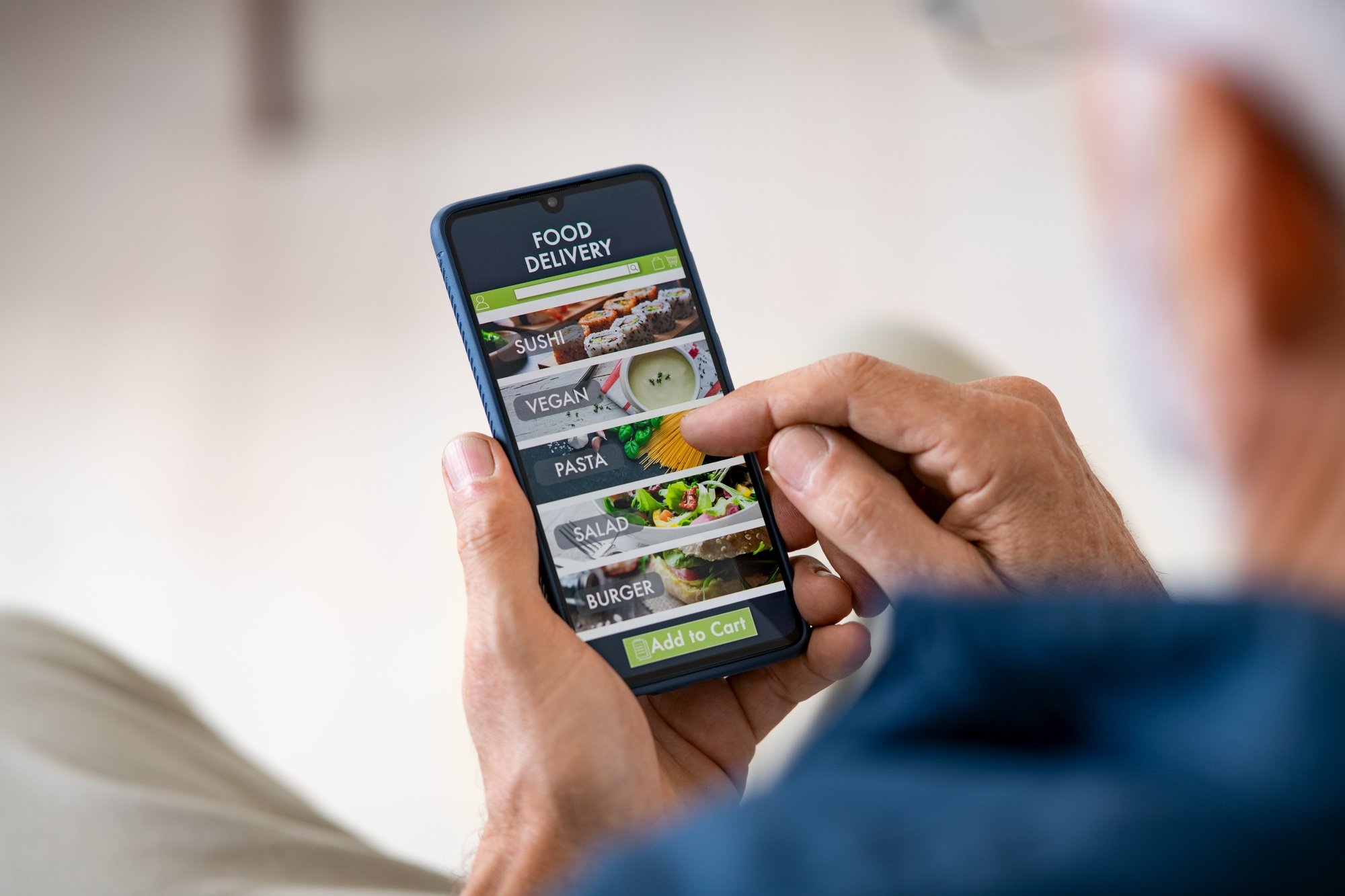
User experience and customer support play critical roles in the effectiveness of food delivery apps for small business owners. Prioritizing these elements can enhance customer satisfaction and boost profitability.
App Usability
App usability significantly impacts your day-to-day operations. A seamless interface allows customers to navigate easily, increasing the likelihood of repeat orders. Apps like Uber Eats and DoorDash excel in user experience, offering clear categories, straightforward language, and robust search functions. Features such as searchable menus and clear displays of delivery fees and estimated times foster user confidence. Apps like Postmates enhance usability further by providing over 80 food categories, enabling diverse options for your customers. Ensuring that your chosen app features these aspects can lead to improved customer retention and increased sales for your small business.
Customer Service Options
Customer service options directly affect your business reputation. Exceptional support from food delivery platforms assures you that away-from-home customers receive timely assistance. Strong customer support can resolve issues like order errors or delivery delays, keeping your clientele satisfied. Many apps offer multiple support avenues, including live chat, email, and phone support. Prioritizing apps with reliable customer service aids small business owners in facing operational challenges effectively, ensuring you maintain strong relationships with your customers. Enhanced customer service can lead to positive reviews and ultimately attract more clients to your business.
Conclusion
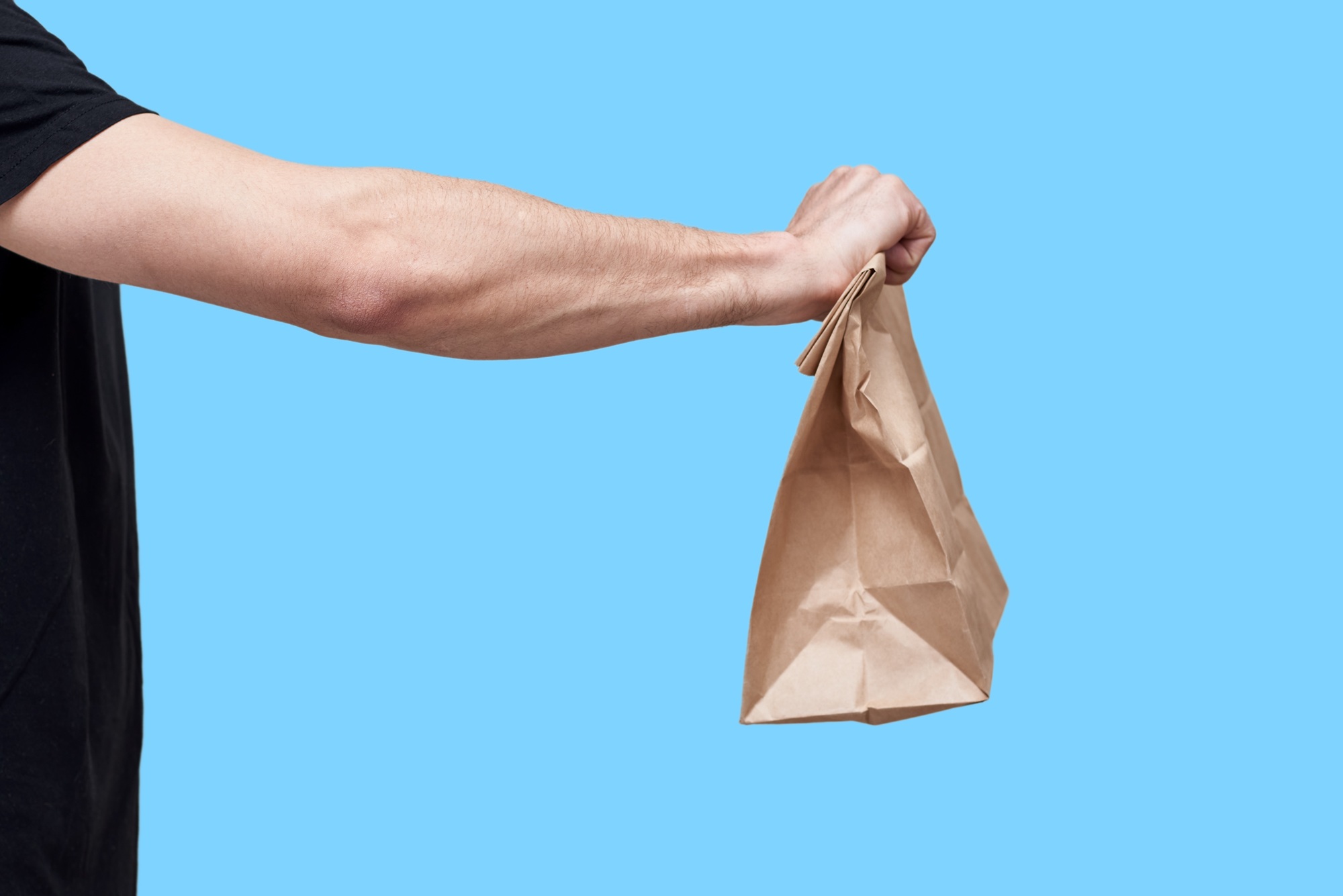
Choosing the right food delivery app can transform your dining experience and support local businesses. By considering factors like user interface and delivery speed you can find an app that meets your needs and preferences. With options like DoorDash, Uber Eats, and Grubhub you have the flexibility to explore diverse cuisines without leaving your home.
As the food delivery landscape continues to evolve it’s essential to stay informed about the features and benefits each app offers. This knowledge not only enhances your culinary adventures but also supports small businesses in reaching a broader audience. Embrace the convenience and variety that these apps bring to your table and enjoy every bite.
Frequently Asked Questions

What are food delivery apps?
Food delivery apps are platforms that allow users to order meals from local restaurants and have them delivered to their location. They provide convenience and a variety of dining options from the comfort of home.
How do I choose the best food delivery app?
To select the best food delivery app, consider the user interface, restaurant variety, delivery speed, payment options, customer support, and promotional offers. These factors will help ensure a satisfying experience.
What are the most popular food delivery apps?
Some of the most popular food delivery apps include Uber Eats, DoorDash, and Grubhub. Each app offers unique features and benefits that cater to different user preferences.
How do food delivery apps influence dining habits?
Food delivery apps influence dining habits by making it easier for consumers to try new cuisines and satisfy cravings, leading to increased demand for diverse food options and a shift in traditional dining experiences.
How do subscription services work for food delivery apps?
Subscription services, like DoorDash’s DashPass and Grubhub Plus, offer users reduced delivery fees for a monthly fee. These services can help frequent users save money and encourage customer loyalty.
What factors affect delivery costs?
Delivery costs can be influenced by fees, minimum order requirements, and geographical location. Understanding these factors helps consumers make informed choices while ordering food.
Why is customer support important for food delivery apps?
Strong customer support is vital for addressing issues, ensuring timely assistance for users, and maintaining a good reputation for restaurants. It contributes to overall customer satisfaction and loyalty to both the app and the business.
How can small businesses benefit from food delivery apps?
Small businesses can benefit from food delivery apps by improving visibility, reaching new customers, and increasing sales. These platforms provide an opportunity to attract a wider audience and enhance their market presence.
Image Via Envato: kegfire, Lazy_Bear, Rido81, angelinai2, insidecreativehouse, friends_stock, alinabitta


